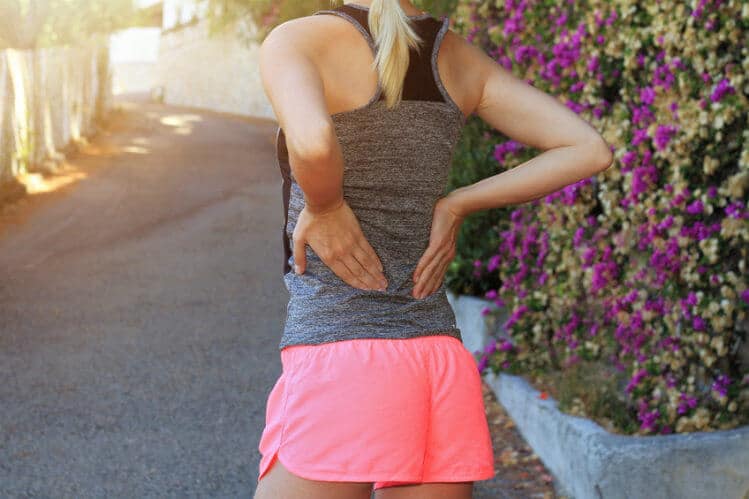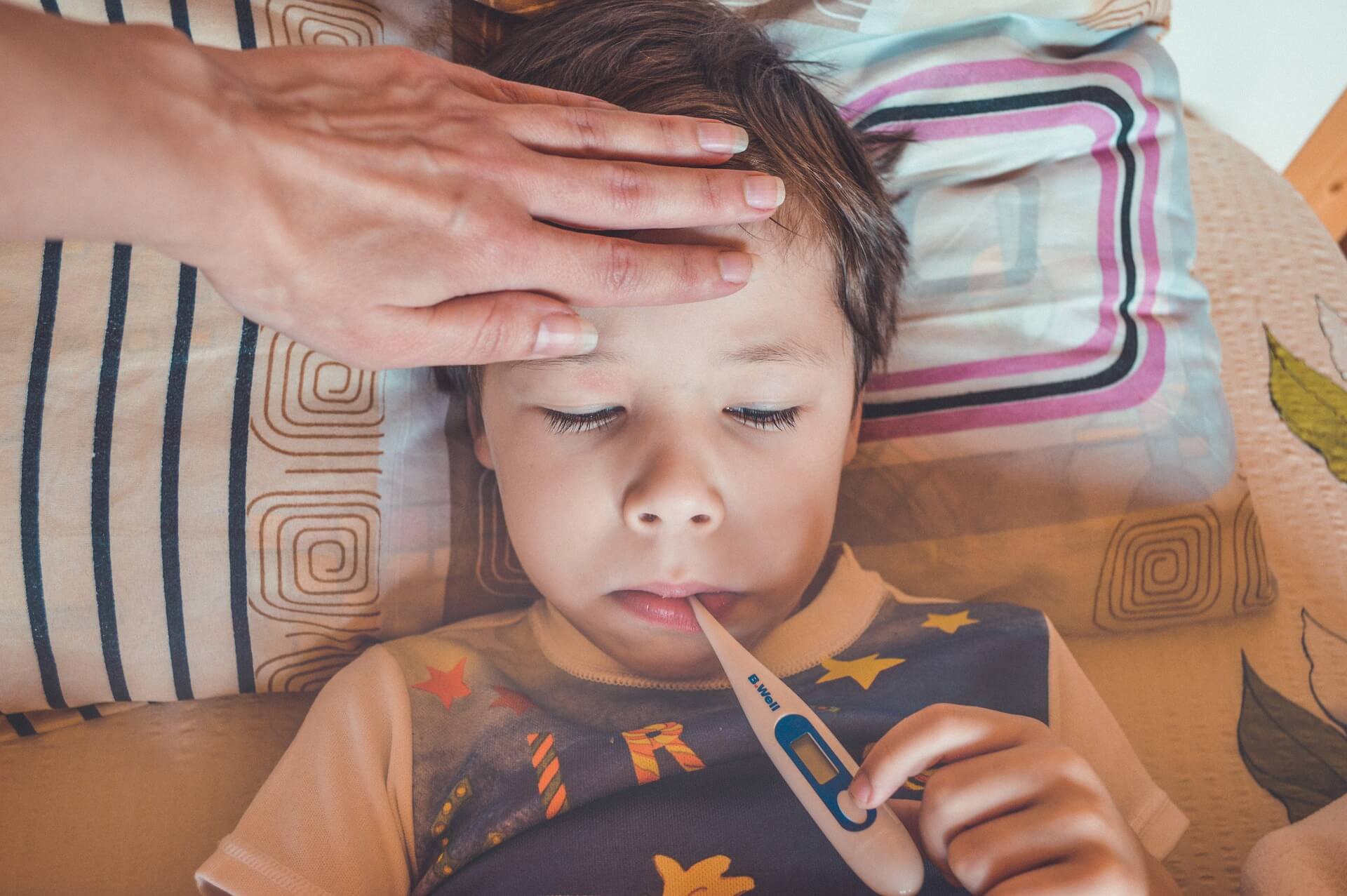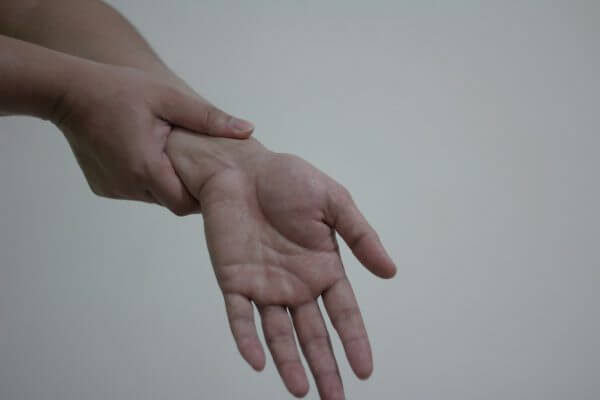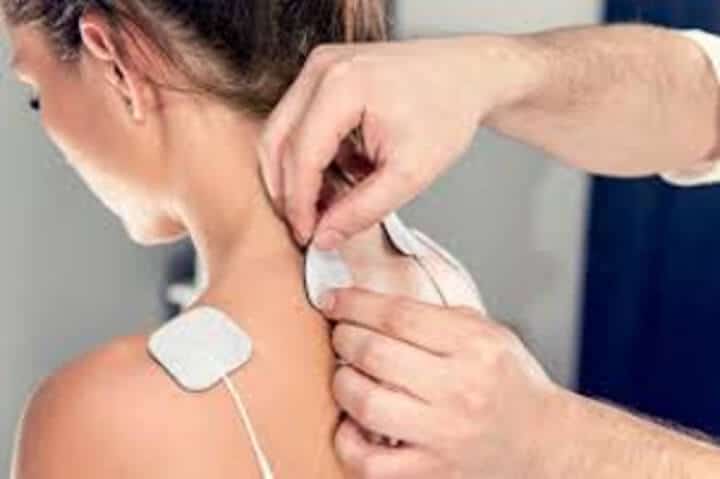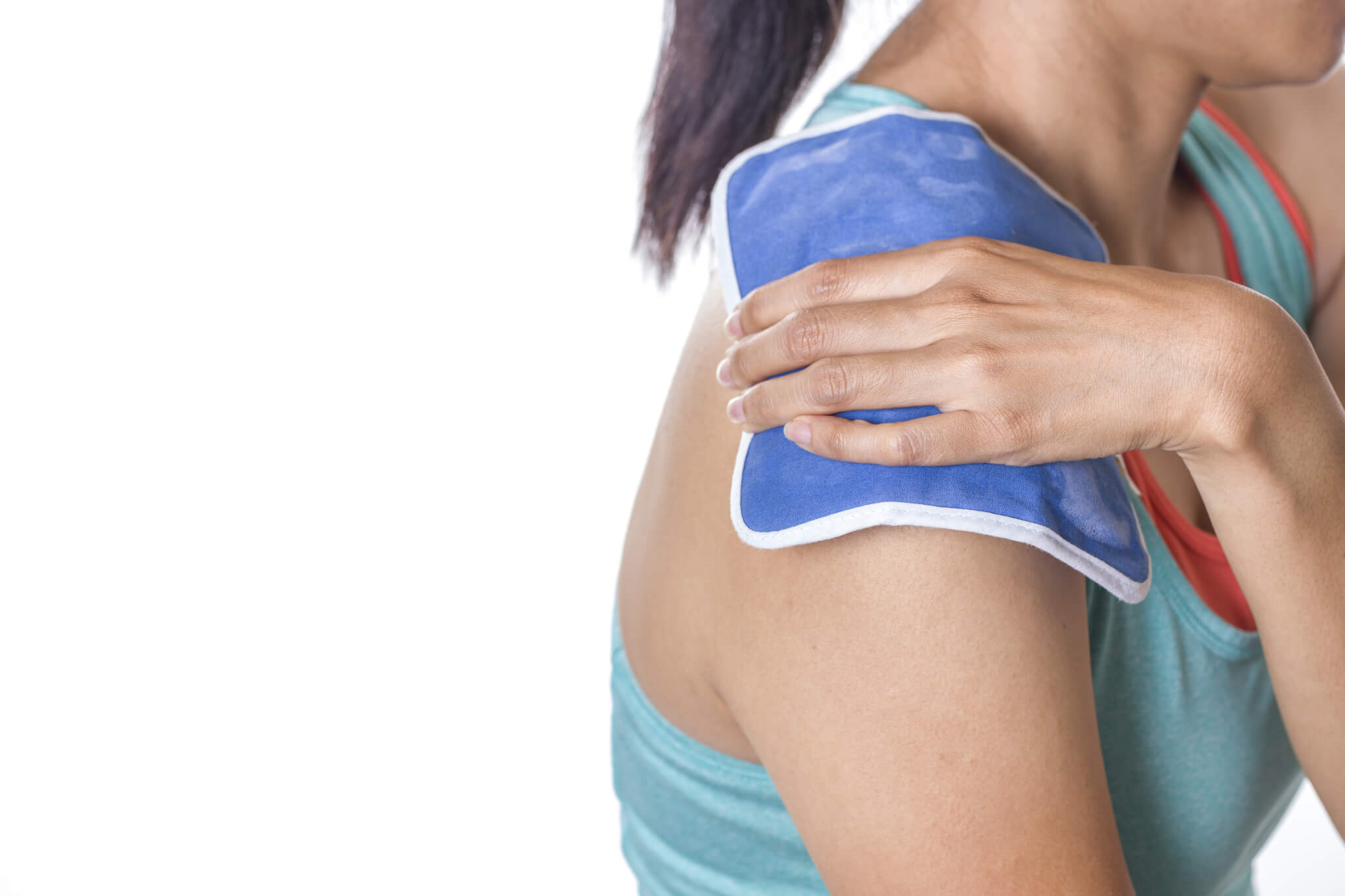Proprioception : 4 questions importantes et courantes
In recent years, there has been a noticeable growth in the recognition of the importance of the role of proprioception in sports medicine. In this post, we will first describe what proprioception is and then move on to discuss some commonly asked questions about it.
What Is Proprioception?
Proprioception refers to the body’s ability to sense its own position, movement, and the force exerted by our muscles and joints. It is a crucial sense that allows us to understand and navigate our physical environment. This internal sensory system provides constant feedback to our brains, helping to coordinate and control our movements with accuracy and precision.
One example of proprioception can be observed during a simple activity such as walking. As we walk, our proprioceptive system provides us with information about the position of our feet, the angle at which they hit the ground, and the amount of pressure being applied. This feedback allows us to adjust our movements automatically, ensuring that we maintain our balance and take appropriate steps.
Another example can be seen in sports activities, particularly in athletes who require precise motor skills. A basketball player, for instance, heavily relies on proprioceptive information to dribble the ball effectively, maintain balance while making quick turns, and accurately shoot the ball towards the basket. The proprioceptive system guides their joint angles, muscle contractions, and the coordination needed for smooth and controlled movements.
In everyday tasks, such as reaching for a cup, proprioception also plays a vital role. Without consciously thinking, our brain utilizes proprioceptive cues to accurately position our hand and fingers towards the cup’s handle, providing the necessary feedback on grip force and hand orientation. This allows us to pick up the cup securely without crushing it or fumbling with a weak hold.
Overall, proprioception enables us to have a seamless interaction with our surroundings, controlling our movements and maintaining our balance. It is essential in various physical activities, from mundane daily tasks to intricate athletic performances, making it an integral part of human functioning.
How Can Improved Proprioception Contribute To Athlete Health & Performance?
As stated above, proprioception is defined as the body’s ability to sense its own position and movement in space. In sport medicine, it plays a crucial role in reducing injury risk and improving athlete performance. When an athlete has an enhanced sense of proprioception, they are able to better control their joint movements and body positions, leading to increased stability and coordination. This heightened awareness allows them to make quick adjustments and react efficiently, reducing the likelihood of accidents or injuries.
In terms of injury risk reduction, improved proprioception helps athletes maintain proper alignment and form during various activities, such as running, jumping, or changing directions. It enables them to sense their body position and the position of their limbs, which is particularly vital when performing complex movements or during high-intensity exercises. By having a better understanding of their own body’s position, athletes can avoid potentially harmful movements that may strain or overstretch their muscles, ligaments, or tendons. This can ultimately prevent common sports injuries like sprains, strains, and tears.
Additionally, better proprioception enhances an athlete’s balance and stability, which are crucial components of overall athletic performance. With a heightened sense of body awareness, athletes can fine-tune their movements, maintaining better control over their center of gravity. This leads to improved stability during weight-bearing activities like landing from jumps or changing direction quickly. Enhanced stability not only reduces the risk of injury but also allows athletes to exert more power and generate force with greater efficiency. As a result, they can perform at their best, surpassing previous limitations and achieving peak athletic performance.
Beyond injury prevention and improved performance, better proprioception can also contribute to enhanced motor skills in athletes. Proprioceptive training exercises can help athletes develop a more intuitive understanding of their body’s movements, which translates into smoother and more precise execution of skills. This increased body awareness can be particularly beneficial in sports that demand precision, such as gymnastics, diving, or martial arts. Athletes who have fine-tuned their proprioception are able to perform complex movements with greater control and accuracy, enabling them to excel in their chosen discipline.
In conclusion, developing better proprioception is crucial for athletes to reduce the risk of injury and enhance their overall performance. This heightened sense of body awareness allows them to maintain proper alignment, avoid harmful movements, and improve their balance and stability. Furthermore, improved proprioception can contribute to the development of more refined motor skills, resulting in enhanced precision and control during athletic movements. Through targeted proprioceptive training, athletes can unlock their full potential and maximize their performance while minimizing the risk of injury.
What Are Some Of The Most Common Ways To Improve Proprioception At Home?
There are various ways to enhance proprioception, but the most common methods can easily be practised at home.
One effective technique to improve proprioception is through balance exercises. These exercises challenge the body’s ability to stabilize and control movement. Simple activities such as standing on one leg, balancing on an unstable surface, or practicing yoga poses that require concentration can help enhance proprioceptive skills. By gradually increasing the difficulty level and duration of these exercises, individuals can improve their proprioception over time. The featured image at the top of this article shows a middle aged woman using a proprioceptive pillow for this purpose.
Another way to enhance proprioception is through joint mobility exercises. These exercises aim to increase the range of motion and flexibility in our joints, thereby improving proprioceptive abilities. Examples of joint mobility exercises include arm and leg circles, wrist rotations, and ankle dorsiflexion exercises. By performing these exercises regularly, individuals can enhance their body’s ability to detect and respond to changes in joint positions. We briefly discussed joint mobility exercises in our article on manual therapy techniques.
Additionally, incorporating functional training into a workout routine can greatly improve proprioception. Functional exercises are movements that mimic real-life activities and challenge multiple muscle groups simultaneously. Activities such as squats, lunges, step-ups, and single-leg deadlifts not only strengthen muscles but also enhance proprioceptive awareness. By constantly engaging in functional training, individuals can improve their body’s ability to coordinate different muscles and movements.
Lastly, utilizing certain tools and equipment can aid in enhancing proprioception at home. Using devices such as balance boards, stability balls, or wobble cushions can provide an unstable surface for practicing balance exercises. These tools challenge the body’s ability to adapt to different environments, thus improving proprioception. Additionally, incorporating resistance bands into exercises such as lateral walks or standing kickbacks can further stimulate proprioceptive awareness by introducing varying levels of resistance.
In conclusion, improving proprioception at home can be easily achieved through practice and dedication. By incorporating balance exercises, joint mobility exercises, functional training, and utilizing specific tools or equipment, individuals can enhance their body’s ability to perceive and control movements effectively. Regularly engaging in these activities will not only improve proprioception but also enhance overall physical performance and coordination.
Are There Ways To Incorporate Proprioception Exercises Into Everyday Activities?
Proprioceptive performance can be enhanced through various everyday activities and chores. Incorporating these activities into your routine can help improve proprioception and ultimately enhance overall body coordination and control. Here are some examples:
- Balancing Activities: Engaging in activities that challenge your balance, such as standing on one leg while brushing your teeth or washing dishes, can improve proprioception. Balancing requires constant adjustments in body position, thus enhancing the body’s ability to sense and maintain equilibrium.
- Core Strengthening Exercises: Activities that target the core muscles, such as vacuuming or mopping the floor, can improve proprioception. Strengthening your core muscles enhances the stability and control of your body, leading to better awareness and coordination of movements.
- Stretching and Flexibility Exercises: Incorporating stretching and flexibility exercises into your daily routine, like reaching for high shelves or reaching down to pick up objects, can enhance proprioceptive performance. Stretching increases the range of motion of your joints, making you more aware of your body’s movements and improving overall coordination.
- Manual Labor and Handling Objects: Engaging in manual labor activities, such as gardening or rearranging furniture, can positively impact proprioception. These tasks involve grasping, lifting, and manipulating objects, which challenge the body’s ability to accurately perceive and adjust its movements based on the weight and shape of the items.
- Sports and Recreational Activities: Participating in sports or recreational activities, such as yoga, dancing, or playing catch, can greatly enhance proprioceptive performance. These activities require precise body control, coordination, and quick adjustments, making them ideal for improving overall proprioception.
By consciously incorporating these everyday activities and chores into your routine, you can gradually enhance your proprioceptive performance. Improved proprioception leads to enhanced body awareness, coordination, and control, ultimately benefiting your overall physical ability in various aspects of life.
Conclusion
In this article, we have explained the meaning of proprioception and how it can benefit athletes in areas such as injury avoidance and overall sports performance. We then went on to suggest some home based exercises that can help improve proprioceptive performance as well as some everyday activities that can have proprioceptive benefits. These everyday activities can be of great value to those of us whose daily schedules cannot be adjusted to include exercise for proprioception improvement.
We hope that readers have found this information useful. Please leave questions or comments in the space provided below and we will provide feedback as soon as possible.




